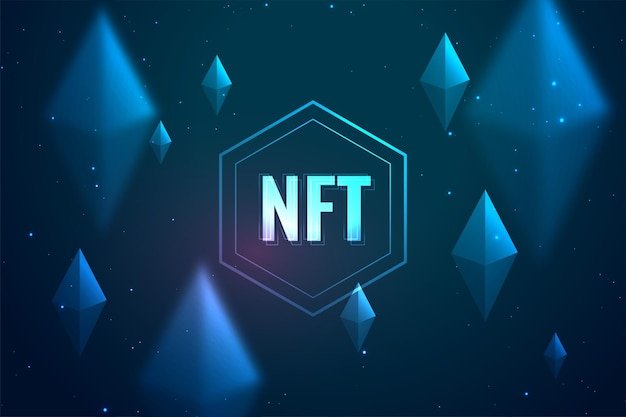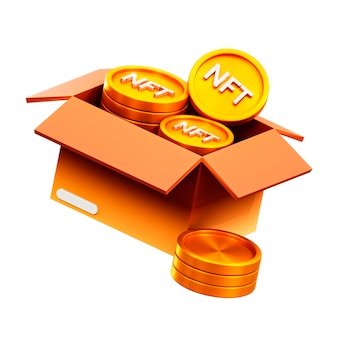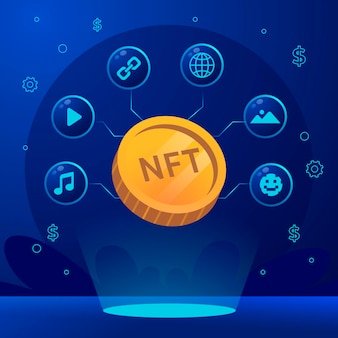NFTs: why digital art has such a massive carbon footprint
How much would you be willing to pay for a one-of-a-kind work of art? For some collectors, the limit lies somewhere in the region of hundreds of millions of dollars. What about a work of art that has no tangible form, and exists only as a digital token that’s no more “real” than a JPEG file? Welcome to the strange world of crypto art collectibles, also known as NFTs.

Like Bitcoin, NFTs (non-fungible tokens) are cryptocurrencies. But whereas individual bitcoins all have the same value, NFTs are more like baseball cards. Each token has a different value and they can’t be used to buy things. They exist on your computer as digital representations of artworks, songs, films and games, among other things.

NFTs have been around since 2017, when the first mainstream experiment in crypto-collectibles emerged: CryptoKitties. The average price for one of these cat cards was about US$60 back then. But that’s chicken feed compared to current takings.
"But how can someone buy a tweet?”, you might ask. After all, anyone’s free to click on, look at, print out and frame the tweet as many times as they like.
THE UNIQUENESS/DISTINCTIVENESS OF NFTs

When you buy an NFT, you’re buying a unique certificate of ownership, which is locked away on an immutable distributed database known as a blockchain. The creator of the artwork generally retains the copyright and in most cases, you own little more than bragging rights. Creators are also likely to pass the costs for creating your NFT files (or “minting” them) on to you .
Most of the time, what you’ll also be responsible for is an enormous carbon footprint.
COUNTING THE CARBON COSTS OF NFTs

Because they depend on a blockchain, NFTs use a lot of energy. Most creators still use Ethereum, a blockchain secured using a similar proof-of-work system to Bitcoin. This involves an energy-intensive computer function called mining. Specialist mining computers take turns guessing the combination to a digital lock (a long string of random digits). The computer that correctly guesses the combination wins a reward paid in a cryptocurrency called Ether. The digital lock resets roughly every 15 seconds, and the competition continues.

It’s very difficult to calculate exactly how much responsibility the NFT industry should take for Ethereum’s carbon emissions. Ethereum was going to run with or without NFTs. But with the growing demand for digital art, NFT buyers and sellers are becoming liable for an increasing share of Ethereum’s total energy use, and some artists are starting to think twice
Alternative technologies exist that enable NFT markets without the carbon headache. Sidechains use negligible amounts of energy to process NFTs because these transactions occur on a more centralised platform where costs (and carbon footprints) are much lower.
TAKING ARTISTIC LICENSE WITH CLIMATE SOLUTIONS
NFTs enthusiast argue that the increasing popularity of blockchain technology, with its voracious appetite for energy, provides incentives for upgrading energy grids from fossil fuels to renewable sources.
Due to the competitive nature of proof-of-work mining, booming NFT markets are encouraging the construction of reliable coal-fired power stations, so that crypto miners don’t have to suffer intermittent access to renewable generation.
THE REVOLUTION

Some NFT creators are trying to have their crypto-cake and eat it by using carbon offsets. By
buying offsets funds conservation work, with each carbon credit purchased equivalent to one tonne of carbon saved, which is either stored in a tree or theoretically prevented from escaping into the atmosphere through some sort of industrial innovation.
NFT carbon credits (or any carbon credits for that matter) depend on clever accounting.
Thank you so much for Reading ❤ 🙏
